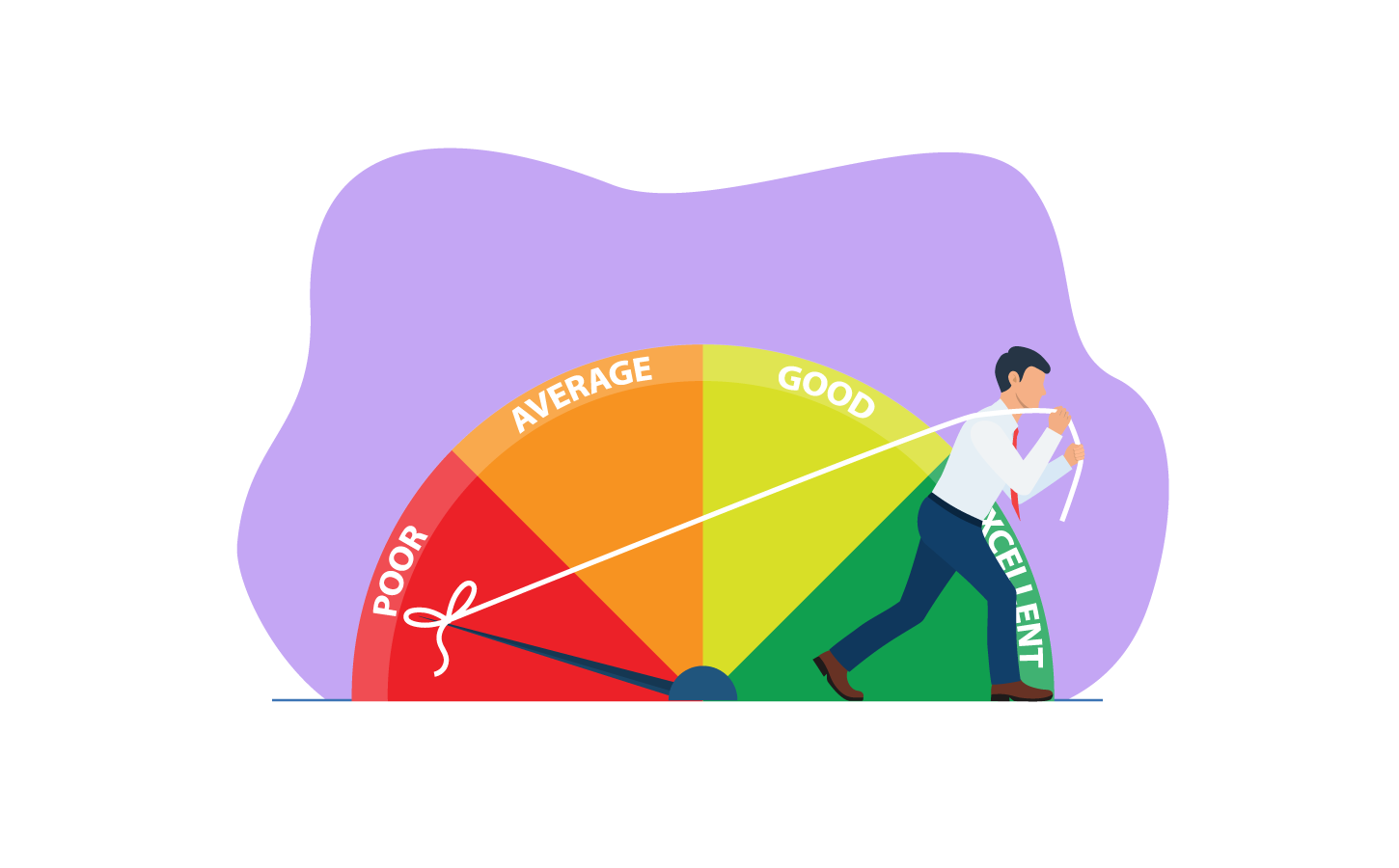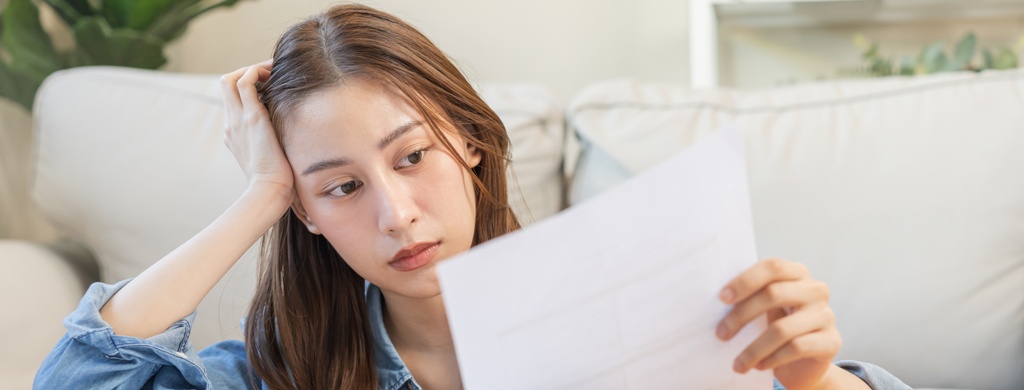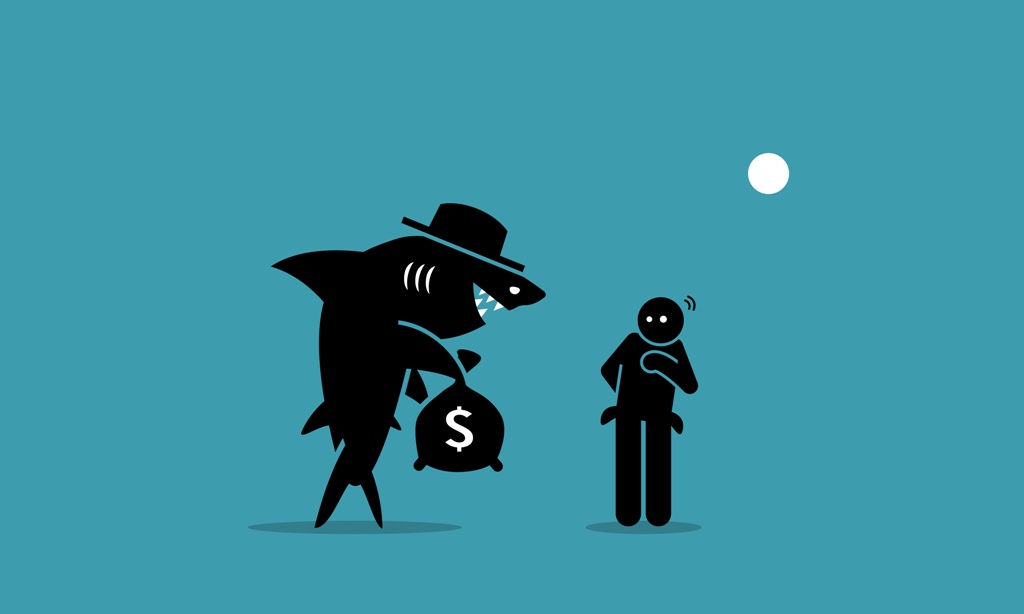A Professor of Economics at UniSIM, Walter Theseira, caused an uproar recently at the President’s call for policy suggestions. He mentioned that CPF use for housing should be curbed, which is a sore spot for many Singaporeans. Most of us are already worried about rising home prices; if the CPF were truly curbed for housing use, how could we afford it? Here are the likely consequences:
First, we need to understand how CPF is used for housing
Singaporeans can use their CPF Ordinary Account (CPF OA) for housing in the following ways:
- Making the down payment onthe house
- Paying certain stamp duties and fees
- Servicing the monthly mortgage repayments
- Making the down payment on the house
The Loan-To-Value (LTV) ratio determines how much of your house can be financed through borrowing. For example, if you have an LTV of 80 per cent, then you can borrow up to 80 per cent of the purchase price or valuation of your house, whichever is lower.
For example, say you want to buy a resale flat, that costs $400,000. The official valuation of the flat, as conducted by HDB, is $390,000. The bank is willing to grant you an LTV of 80 per cent.
This means you can borrow 80 per cent of $390,000, or $312,000. The remaining $88,000 is the down payment, which you must somehow be pay without borrowing (note: bankscannot lend you money to pay the down payment).
The bad news is, there is no 100 per cent LTV in Singapore. The maximum LTV from a bank loan is 80 per cent, and the maximum LTV from an HDB loan is 90 per cent.
This is where CPF comes in. For HDB loans, your CPF OA can be used to pay 10 per cent of your property, whereas for bank loans it can pay 15 per cent.
Using HDB loan:
| Financing from loan 90% | From CPF: 10% |
Using bank loan:
| Financing from loan 80% | From CPF: 15% | In cash: 5% |
For example, say your flat costs $350,000, and you use an HDB loan with an LTV of 90 per cent. You can borrow $315,000 from HDB, and the remaining $35,000 can be paid through your CPF OA. Assuming you have enough CPF money, you wouldn’t need to spend a single cent from your pocket.
If you use a bank, you can borrow $280,000 for the flat (80 per cent LTV). You would have to pay a minimum of five per cent in cash ($17,500), but your CPF OA can pay the rest of the $52,500.
- Paying certain stamp duties and fees
When you buy a house, you will have to pay legal fees. The prices based on what you’re buying (e.g. it can be a few hundred dollars for buying a new flat direct from HDB, it can be $2,500 to $3,000 for buying a resale condo).
You’ll also need to pay the Buyers Stamp Duty (BSD). This is one per cent of the first $180,000 of your house price or value (whichever is higher), two per cent of the next $180,000, three per cent of the next $640,000, and four per cent of any amount over that.
So for a $400,000 flat, for example, the BSD is $1,800 for the first $180,000, $3,600 for the next $180,000, and $1,200 for three per cent of the remaining amount. This comes to $6,600.
These costs, along with other small amounts such as mandatory fire insurance, can be paid through CPF.
Note: Not all legal fees can be paid through CPF, it depends on the law firm in question. Ask before engaging them. If you have many of these smaller fees that need paying, but don’t have the immediate cash for it, visit us for help. Don’t jeopardise your home ownership because of these issues.
- Servicing the monthly mortgage repayments
For HDB loans, the interest rate is always 0.1 per cent above the prevailing CPF rate; that’s 2.6 per cent at the moment.
For bank loans, the interest rates fluctuate, but it’s around 1.8 per cent on average.
These monthly repayments can be paid in cash, or through CPF. Unsurprisingly, most Singaporeans choose to service the repayments via their CPF.
So what would it mean if we couldn’t use our CPF for housing? Let’s look at the total costs we’d pay:
We will use, as our example, a $400,000 BTO flat, purchased direct from HDB.
For HDB loans, we would need to pay the following in cash:
- Down payment of $40,000
- Legal fees and stamp duties of approx. $6,850
- Assuming a 25-year loan, monthly payments of approx. $1,653 per month
Total: $46,850, and repayments of $1,653 per month
For bank loans, we would need to pay the following in cash:
- Down payment of $80,000(!)
- Legal fees and stamp duties of approx. $7,050
- Assuming a 25-year loan, monthly payments of approx. $1,325 per month
Total: $87,050, and repayments of $1,325 per month
As such, only Singaporeans who are financially disciplined in saving – or are alreadywell-off – will be able to afford home ownership. We’ll probably see our low fertility rate get worse, as new couples find homes less affordable. We may also see a brief spike in rental rates, as more Singaporeans decide to rent for a time (they’ll need to save up for quite a while before they’re ready to buy).
About the Author

Led by a team with invaluable expertise across Singapore’s licensed moneylending, banking, and finance industries, CompareSing provides users with a streamlined yet informative experience at every step of their loan journey.


















